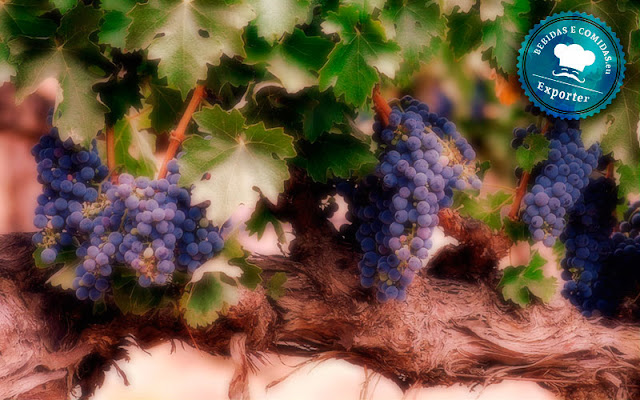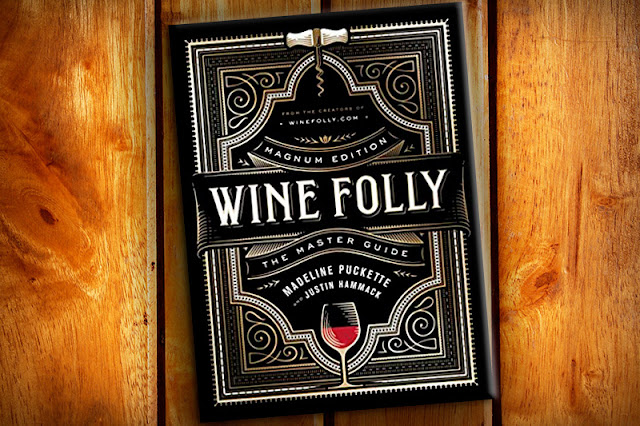4 factors that influence the quality of the grapes
It is estimated that grapes represent up to 70% of the quality of a wine, compared to the production technique.
The wine growers are aware of this. Good wine is made in the vineyard and largely on the proper ripening of the grapes. In
the maturation of the bunch, a considerable number of factors will influence
the characteristics of the harvest and, ultimately, that of the wine produced.
On one hand,
these factors will fundamentally affect the quantity harvested. On the other
hand, they will affect the quality of the grapes harvested, a question that is
very difficult to determine, but which can be approximated by the varietal
typicity or by a higher concentration of compounds in the grape. In other cases,
they will also affect the expression of "terroir" in the elaborated
wines.
Usually it is
often said that, in a general way, quantity is opposed to quality, that is to
say abundant harvests, of high yields, tend to offer less concentrated wines.
However this is not always true. Today there is enough wine technology, capable of
obtaining considerable productions harmonized with high levels of quality. It
is important to underline this fact, because despite an excellent viticulture
leading to good grapes, a poor processing technique can
lead to a bad wine and even defective.
In the quality
of a wine, the issues related to the grape as a raw material represent in most
cases, and with respect to the wine making technology, a very variable
percentage, but always much higher and that can be estimated at more than 60 to
70 percent.
We can
therefore affirm that a good or acceptable wine can be obtained from a mediocre
vintage, as long as certain processing techniques are applied, but to achieve
an excellent wine, it can only be done if it also has a great grape.
The factors
that influence the ripening of the bunch and that will therefore determine the
quantity and quality of the harvest, are grouped into the following groups:
permanent factors, variable factors, accidental factors and modifiable factors,
which can be broken down in the following table
Permanent factors
- Weather
- Microclimate
- Variety of grape and rootstock
- Density and layout of the vineyard
- Terroir or soil.
Variable
factors
- Temperature
- Lighting
- Humidity
- Age of vineyard
Accidental
factors
- Pests
- Diseases
- Pathology of the vineyard and quality of the wines
- Weather incidents
Modifiable
factors
- Pruning and other operations in green
- Irrigation
- Cultivation
- Other farming labor.
For more information about us please contact us or
visit our website.





Comments
Post a Comment